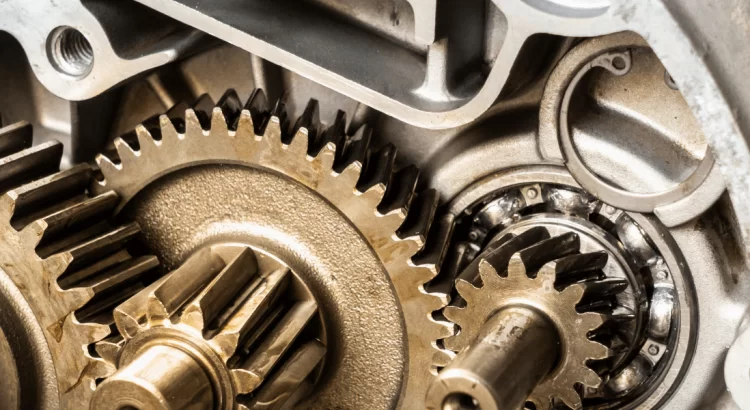Mobile:+86-311-808-126-83
Email:info@ydcastings.com
Understanding the Process and Benefits of Die Casting in Manufacturing
How Does Die Casting Work?
Die casting is a manufacturing process that involves forcing molten metal into a mold cavity under high pressure. This method is widely used for producing complex shapes and high volumes of metal parts with high precision and consistent quality. The die casting process is highly favored in various industries, including automotive, aerospace, electronics, and consumer goods due to its efficiency and ability to create intricate designs.
The Die Casting Process
1. Mold Creation At the core of die casting is the mold, also known as a die. The die is typically made from high-strength steel or aluminum and is designed to withstand the high pressures and temperatures involved in the process. The mold consists of two halves—fixed and movable—which are forged together to form the shape of the desired part. Precise design and construction of the die are crucial to ensure accurate dimensions and smooth surfaces.
2. Melting the Metal Various metals can be used in die casting, but aluminum, zinc, and magnesium are the most common due to their favorable properties. The metal is melted in a furnace at high temperatures until it reaches a liquid state. The selection of the metal depends on the application's requirements, including strength, weight, and corrosion resistance.
3. Injection of Molten Metal Once the metal is melted, a die casting machine injects the molten metal into the mold cavity. This injection is done under high pressure, which helps fill all contours of the mold and forces the metal to take the shape of the die. There are two primary methods of die casting hot chamber and cold chamber.
- Hot Chamber Die Casting In this method, the melting pot is linked to the die casting machine, allowing the molten metal to be injected directly from the furnace into the die
. This method is suitable for metals with low melting points like zinc and lead.- Cold Chamber Die Casting For metals with higher melting points, the molten metal is poured into a separate chamber before being injected into the die. This method prevents the metal from coming into contact with the machine components, which can be crucial for maintaining the integrity of the equipment.
how does die casting work

4. Cooling and Solidification After the molten metal is injected, it quickly cools and solidifies in the mold. The cooling time depends on the size and complexity of the part. Once the metal has solidified, the die halves are opened, and the finished part is ejected, usually using ejector pins that push the part out of the mold.
5. Trimming and Finishing After ejection, the cast part may have excess metal or imperfections, which need to be removed. This process, known as trimming, involves cutting away excess metal, known as flash, and ensuring that the part meets the final specifications. Additional finishing processes, such as machining, plating, or painting, may be applied to enhance the appearance and functionality of the part.
Advantages of Die Casting
The die casting method presents several advantages, making it a popular choice in manufacturing
- High Precision Die casting produces parts with excellent dimensional accuracy and a smooth surface finish, reducing the need for extensive post-processing. - Efficiency The process allows for rapid production of large quantities of parts, significantly lowering manufacturing costs in mass production. - Versatility in Design The ability to create complex shapes and integrate features into the design can help reduce the number of parts needed in an assembly, contributing to lighter and more efficient structures. - Material Efficiency Die casting minimizes material waste, as the process allows for easy recycling of scrap metal.
Conclusion
In summary, die casting is a highly effective manufacturing process that offers numerous benefits in producing metal parts. Its ability to create intricate designs with high precision has made it a preferred choice in various industries. As technology continues to advance, die casting is expected to evolve, further enhancing its efficiency and applicability in modern manufacturing. Understanding the die casting process not only helps manufacturers optimize their production strategies but also provides insight into the future of metal component manufacturing.
-
Why Should You Invest in Superior Pump Castings for Your Equipment?NewsJun.09,2025
-
Unlock Performance Potential with Stainless Impellers and Aluminum End CapsNewsJun.09,2025
-
Revolutionize Your Machinery with Superior Cast Iron and Aluminum ComponentsNewsJun.09,2025
-
Revolutionize Fluid Dynamics with Premium Pump ComponentsNewsJun.09,2025
-
Optimizing Industrial Systems with Essential Valve ComponentsNewsJun.09,2025
-
Elevate Grid Efficiency with High-Precision Power CastingsNewsJun.09,2025











